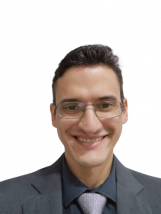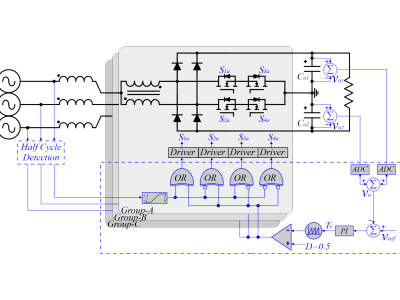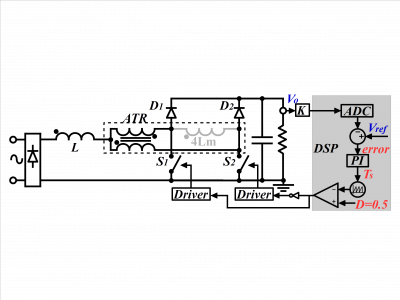Real name:
First Name:
Jefferson Wilhelm
Last Name:
Meyer Soares
Affiliation:
IFPR - Instituto Federal do Paraná
Job Title:
Professor
Short Bio:
Jefferson Wilhelm Meyer Soares was born in Curitiba, Paraná, Brazil, in 1990. He received the B.S. and M.S. degree in control and automation engineering from Tecnological Federal University of Paraná, Curitiba, Brazil, in 2013 and 2021, respectively.
Since 2022, he has been a Professor of Control and Automation Engineering with Instituto Federal do Paraná (IFPR), Jacarezinho, Brazil. During 2018 to 2022 he was a Professor of Control and Automation Engineering with Instituto Federal de Rondônia (IFRO), Porto Velho, Brazil. His current research interests include high-frequency power converter topologies.
Prof. Soares is a Member of the IEEE Industrial Electronic Society and IEEE Power Electronics Society.


 204 Views
204 Views

